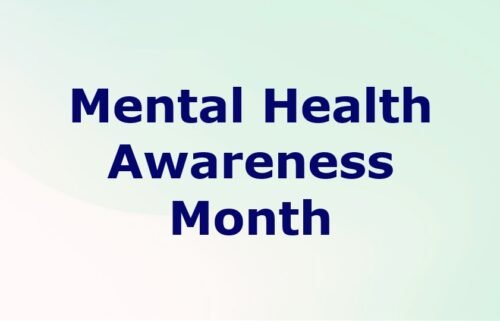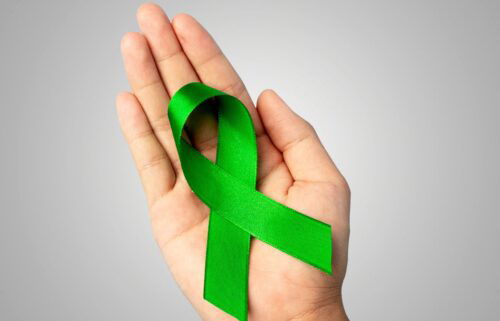Despite progress since July, most states are going backward with Covid-19 as doctors worry about ‘a very apocalyptic fall’
It’s the last day of summer, but doctors are already saying this will be a grueling fall unless everyone takes Covid-19 seriously.
“We may be in for a very apocalyptic fall, I’m sorry to say,” said Dr. Peter Hotez, dean of the National School of Tropical Medicine at Baylor College of Medicine.
“And it’s happening because we’re forcing schools to reopen in areas of high transmission. We’re forcing colleges to reopen, and we don’t have the leadership nationally, telling people to wear masks and to social distance and do all the things we need to do.”
Despite slow, steady progress after an abysmal July, daily new cases have once again soared above 40,000, according to data from Johns Hopkins University. The US is on the cusp of 200,000 Covid-19 deaths.
“Why are we going back up? I think there are a few reasons,” said Dr. Jeanne Marrazzo, director of the division of infectious diseases at the University of Alabama at Birmingham.
“One is that there is general fatigue. People are really tired of this,” she said. “And then the second thing is … the completely contradictory messages that we’re getting — not just the misinformation, but also the confusion about how things are spread.”
She cited a recent update from the Centers for the Disease Control and Prevention that said you can get Covid-19 just by inhaling tiny particles from an infected person’s breath that linger in the air.
“There is growing evidence that droplets and airborne particles can remain suspended in the air and be breathed in by others, and travel distances beyond 6 feet,” the CDC’s website said in an update Friday. “In general, indoor environments without good ventilation increase this risk.”
Many doctors have known that for months — hence their pleas for the public to wear masks.
“The updated guidance would have been fine if it came out last May,” Hotez said. “We knew all of these things months ago.”
Epidemiologist Dr. Abdul El-Sayed said the CDC’s update has practical implications for the public.
“What it means for folks is those masks are critically important,” he said. “They are the most important way to stop those aerosols from coming out of our mouths and noses and then getting in to other people’s mouths or noses.”
But by Monday afternoon, the CDC’s update was removed.
“A draft version of proposed changes to these recommendations was posted in error to the agency’s official website,” CDC spokesman Jason McDonald said in an emailed response to CNN.
“CDC is currently updating its recommendations regarding airborne transmission of SARS-CoV-2 (the virus that causes COVID-19). Once this process has been completed, the update language will be posted.”
Where Covid-19 cases are rising and falling
As of Monday morning, 28 states had more new cases this past week compared to the previous week, according to Johns Hopkins data.
Sixteen states are holding steady, and only six states are showing declines in new cases: Delaware, Hawaii, Louisiana, Michigan, South Carolina and Vermont.
Track the virus in your state and across the US
But it’s not just the raw numbers of new cases that the public should pay attention to. It’s also the test positivity rates — the percentage of tests taken that turn out to be positive.
The World Health Organization (WHO) has advised governments maintain test positivity rates at or below 5% for at least two weeks before businesses reopen.
As of Monday morning, 27 states and Puerto Rico have test positivity rates higher than that 5% threshold, according Johns Hopkins University.
On the other end of the spectrum, five states have test positivity rates lower than 1% — Maine, Vermont, Massachusetts, New Hampshire and New York.
How some states got creative in controlling Covid-19
The race for a (safe and effective) vaccine
CDC Director Dr. Robert Redfield has said a vaccine might not be available to most Americans until mid-2021.
But Moncef Slaoui, chief adviser to Operation Warp Speed, told CNBC Monday that “we are pretty close” to having a vaccine for Covid-19.
At least three vaccines are in Phase 3 clinical trials in the US. Slaoui said it’s possible vaccine efficacy could be determined between October and January.
“The longer we wait, the more likely,” Slaoui said.
If approval or authorization is granted by November or December, “we may be able, for instance, to immunize the most susceptible populations in the US by December of 2020,” Slaoui said.
“Most of the elderly population and first line workers in January of 2021, and the rest of the US population progressively in the month of February, March and April,” Slaoui said.



